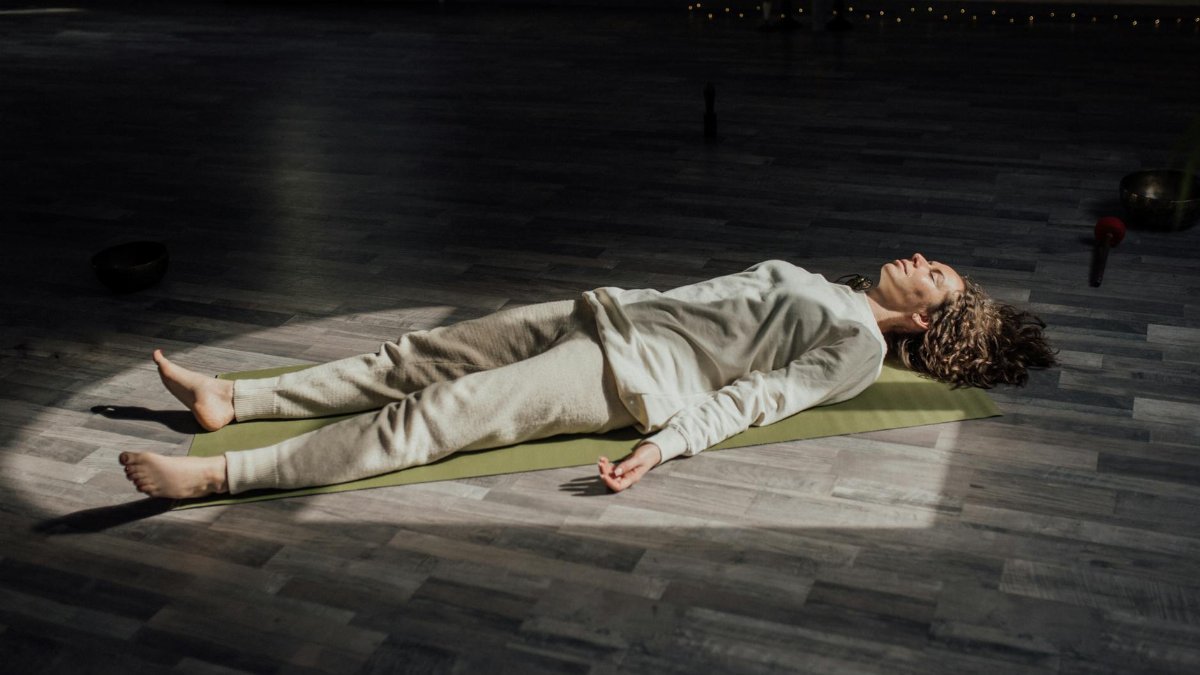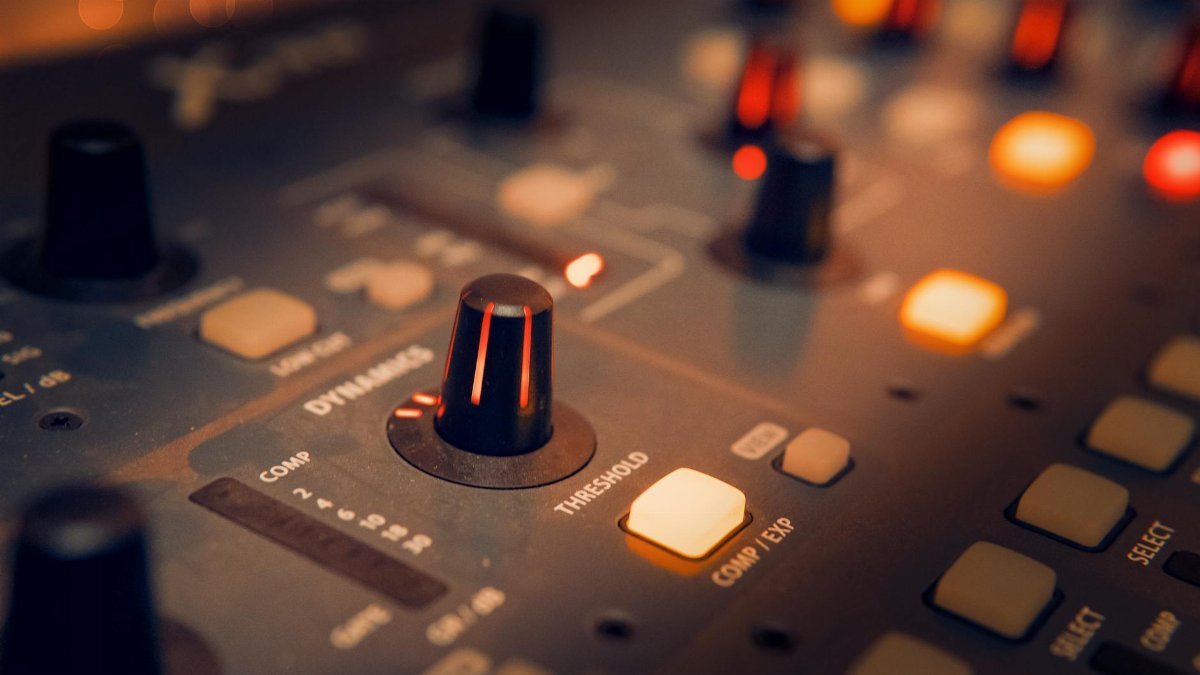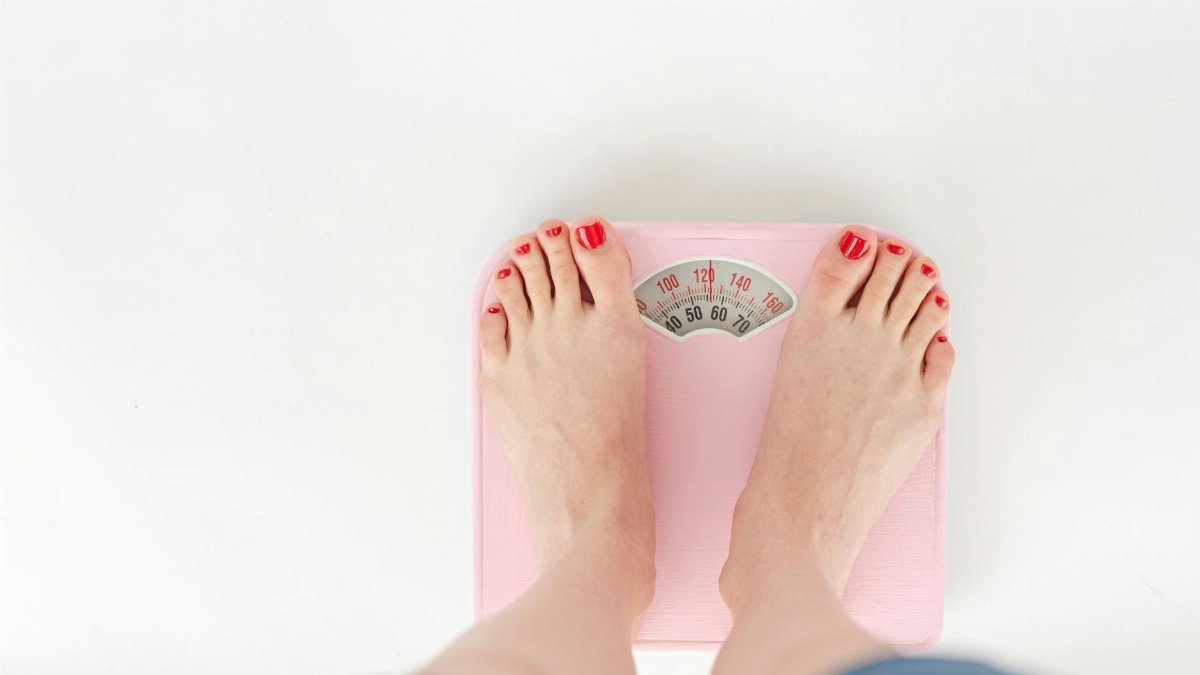Walk into any yoga studio or wellness center in cities like Portland or Austin these days, and you’ll likely overhear conversations about breathwork as a tool for calm. It’s not just chatter. A subtle shift is happening across the U.S., where more people are turning to intentional breathing as a cornerstone of mind-body healing. The idea isn’t new, but its resurgence feels urgent in a world buzzing with anxiety. From stressed-out parents to overworked professionals, Americans are grappling with panic cycles—those spiraling moments when worry tightens its grip. Could something as simple as breath offer a way out? This isn’t about quick fixes. It’s about understanding how rhythmic breathing, grounded in science and practice, can interrupt panic and rebuild resilience. Let’s look at eight specific breath rhythms that are helping people reclaim control, one inhale at a time.
1. The 4-7-8 Technique: A Quiet Reset

Start with a method that’s gained traction for its simplicity. The 4-7-8 technique, often taught in mindfulness workshops, asks you to inhale for four seconds, hold for seven, and exhale for eight. It’s a pattern that slows the heart rate, engaging the parasympathetic nervous system to ease stress. Research from institutions like Harvard Medical School supports this—studies show controlled breathing can lower cortisol levels, the body’s main stress hormone. You can read more about this connection in a summary provided by Harvard Health Publishing.
Picture a late-night moment: a woman sits on her couch, heart racing after a tense work call. She tries 4-7-8, counting silently. Within minutes, her shoulders loosen. It’s not magic, just biology at work. This rhythm is especially useful for those new to breathwork, offering a structured entry into mind-body healing.
2. Box Breathing: Steadying the Storm

Used by Navy SEALs to maintain focus under pressure, box breathing follows a four-part cycle: inhale for four seconds, hold for four, exhale for four, hold for four. Repeat. This symmetry mimics a box, creating a mental anchor when panic looms. A 2017 study highlighted by the National Center for Biotechnology Information suggests that such even-tempo breathing can reduce anxiety symptoms by balancing the autonomic nervous system.
For someone caught in a spiral of “what if” thoughts, this technique offers a tangible focus. It’s less about clearing the mind and more about giving it a job. Over time, users report a sense of command over their reactions, a small but powerful shift in managing acute stress.
3. Diaphragmatic Breathing: Rooting Down

Ever notice how shallow breathing creeps in during tense moments? Diaphragmatic breathing counters this by engaging the belly. Place a hand on your abdomen, inhale deeply so it rises, then exhale as it falls. This method oxygenates the body more effectively, calming the nervous system. The Mayo Clinic notes that this type of breathing can help manage stress-related conditions, including panic attacks.
Think of a teacher facing a chaotic classroom, chest tight with frustration. She steps aside, breathes into her belly for a minute. The shift isn’t dramatic, but it’s enough to steady her. This rhythm works well for grounding during everyday chaos, reconnecting body and mind.
4. Alternate Nostril Breathing: Balancing Act

Rooted in yoga traditions, alternate nostril breathing—or Nadi Shodhana—aims to harmonize the brain’s hemispheres. Close one nostril, inhale through the other, switch, and exhale. Repeat for a few cycles. It’s said to calm racing thoughts, a claim backed by preliminary research from the National Institutes of Health, which links this practice to reduced stress markers.
This one takes practice, but its meditative quality can interrupt panic’s momentum. A college student, overwhelmed by finals, recently shared online how this technique felt like “hitting pause” on their anxiety. It’s not for everyone—some find the mechanics distracting—but for others, it’s a bridge to clarity.
5. Pursed Lip Breathing: Slowing the Rush

When panic hits, breathing often turns rapid and shallow. Pursed lip breathing fights this by creating resistance. Inhale through the nose, then exhale slowly through pursed lips, as if blowing out a candle. This extends the exhale, signaling the brain to relax. It’s often recommended for managing chronic stress or even COPD, as it improves lung efficiency.
Imagine a parent stuck in traffic, late for a child’s event, feeling the tension build. They try this rhythm at a red light. The deliberate slowness cuts through the urgency. It’s subtle, portable, and especially helpful for moments when panic feels physical, tightening the chest.
6. Resonant Breathing: Finding Your Frequency

Also called coherent breathing, this involves inhaling and exhaling at a steady rate of about five seconds each, aiming for six breaths per minute. The goal is to sync with the body’s natural resonance, optimizing heart rate variability—a marker of stress resilience. Studies suggest this can lower blood pressure and anxiety, creating a measurable calm.
This rhythm requires focus, often aided by apps or timers at first. For those who stick with it, the effect builds over weeks. It’s less about instant relief and more about training the body to handle stress differently, a deeper layer of mind-body healing that pays off with consistency.
7. Sigh Breathing: Releasing the Weight

Sometimes, relief starts with a sigh. This technique amplifies that instinct: take a deep inhale, then a second quick inhale before a long, audible sigh out. Neuroscientists have noted that sighing acts as a “reset” for the respiratory system, breaking cycles of shallow breathing common in panic. It’s a quick intervention, often overlooked.
Think of a moment after an argument—tension lingers, unspoken. A deliberate sigh can shift the energy, not just emotionally but physiologically. It’s raw, almost primal, and works best when panic feels like a weight that needs lifting. Users often pair it with other rhythms for longer sessions.
8. Lion’s Breath: Unleashing Control

This one stands out for its boldness. Lion’s Breath, drawn from yoga, involves a deep inhale through the nose, then a forceful exhale through the mouth with a “ha” sound, often while sticking out the tongue. It releases tension in the face and chest, areas where stress hides. Practitioners describe it as empowering, a way to reclaim space when panic shrinks it.
Picture a quiet office worker, overwhelmed by deadlines, stepping into a bathroom to try this. The oddness of it—tongue out, loud exhale—feels rebellious, almost freeing. It’s not subtle, so privacy helps, but it’s a visceral reminder that breath can be active, not just passive, in breaking panic’s hold.
Breath isn’t a cure-all. Panic cycles often tie to deeper issues—trauma, chronic stress, or medical conditions—that need broader support. Yet, in 2025, as mental health conversations grow louder, these rhythms offer an accessible entry point. They’re tools, not solutions, but their power lies in immediacy. No appointment needed, no cost required. From a quick sigh to a structured 4-7-8 count, they remind us that mind-body healing can start with something as fundamental as the next inhale. The challenge is practice—making these rhythms a habit rather than a last resort. For many Americans, that small commitment is rewriting how they face the day’s inevitable tensions.
